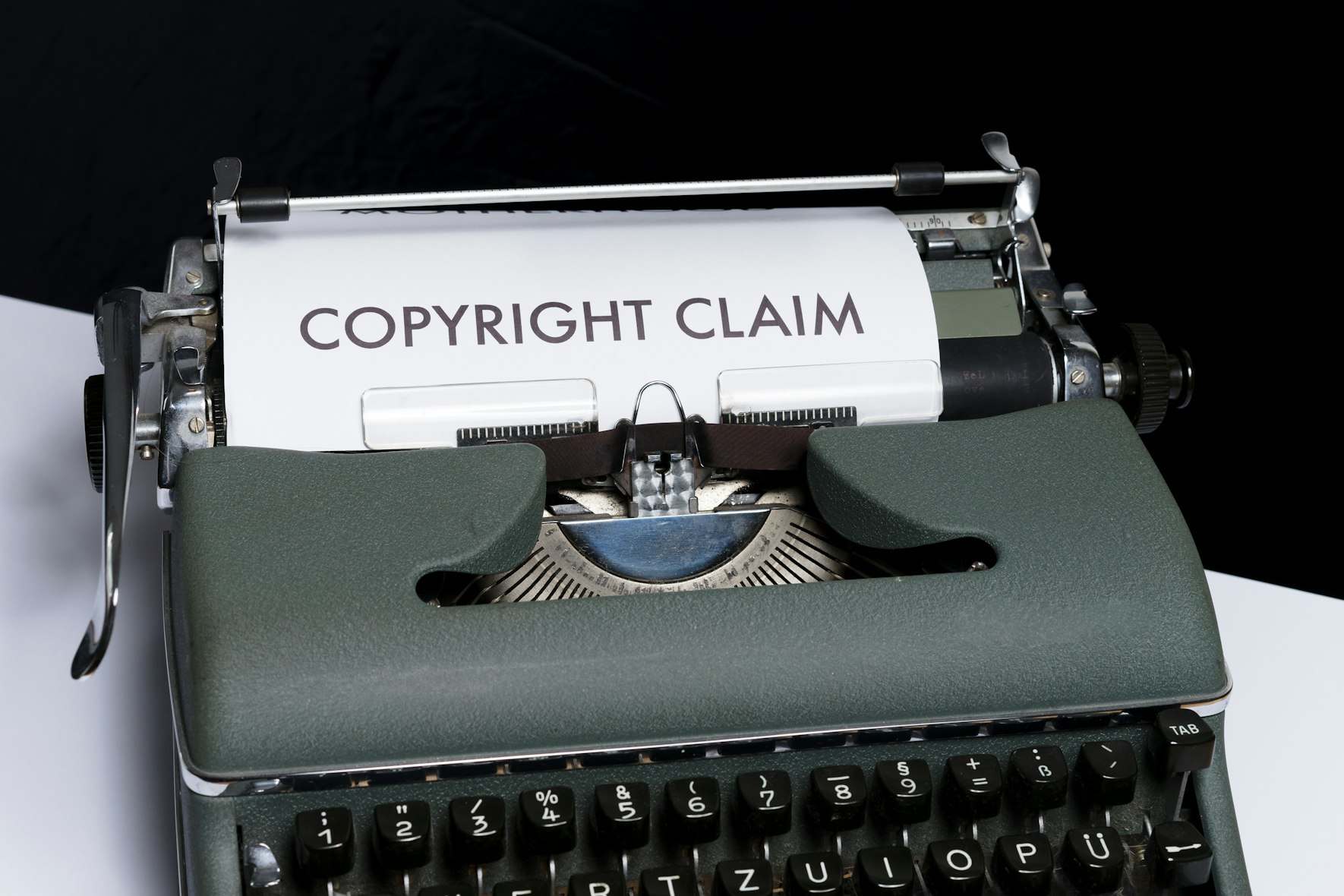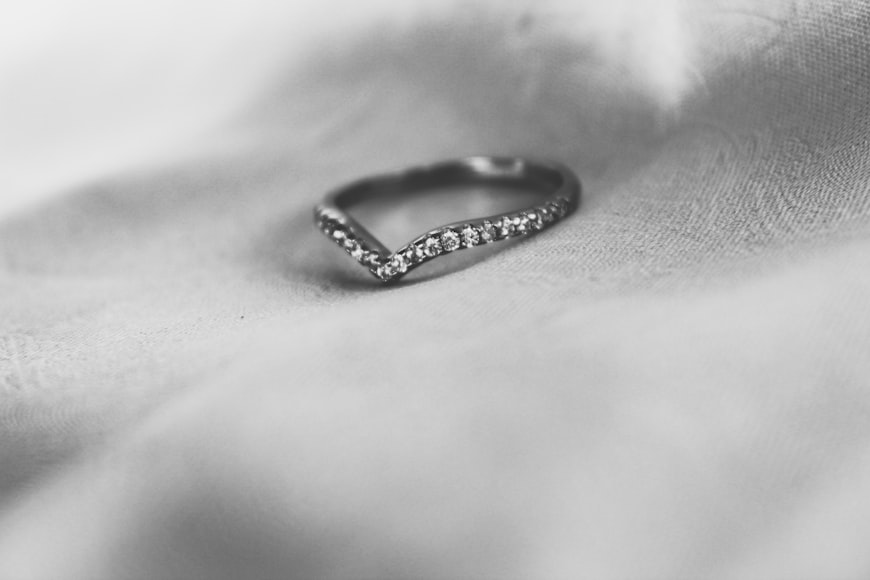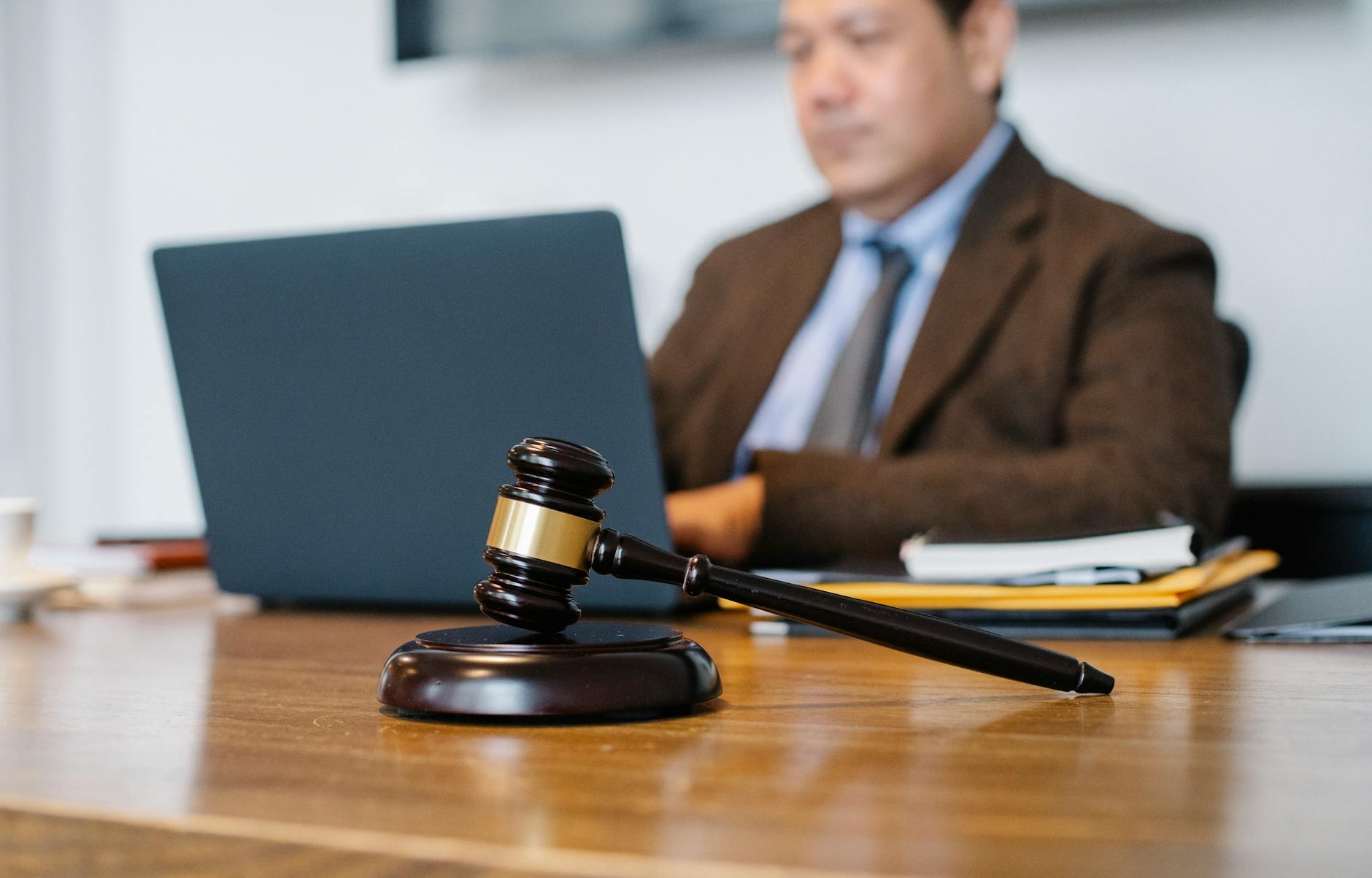Judicial impartiality is a fundamental component of natural law. It is universally recognized that without judicial impartiality, justice cannot be done. Moreover, rule of law loses its potency and public confidence in the judiciary erodes for want of fairness and impartiality. As a safeguard measure against partiality, the common law countries, which include Bangladesh, have developed the concept of the rule against bias. This rule disqualifies judges from adjudicating a case where they may have an interest, or their impartiality might reasonably be questioned (as in the US federal law), or there is a real possibility of bias (as in the UK), or there is a reasonable apprehension of bias (as in most commonwealth countries).
The term ‘bias’ encompasses appearances of bias because “the appearance is just as important as the reality” and “essential in protecting public confidence in the judiciary”, as stated by Lord Bingham in the case of Davidson v Scottish Ministers (2004).[1] In the case of Porter v Magill (2001),[2] Lord Hope stated that when the issue of bias is raised, the question that a court should ask itself is – whether or not a fair minded and informed observer, having considered the facts, would conclude that there was a real possibility that the tribunal was biased. If the answer is in the affirmative, the judge or judges in question must recuse themselves, and if the case has already been decided by then, the decision is to be set aside. Lord Hope’s formula has been cited by courts with approval in common law countries and beyond.
The circumstances where the rule against bias could be invoked are wide and include – where a judge has a close relationship with a representative or a party to the proceedings, has interests in the outcome of the case, has made up their mind before hearing the evidence or arguments and has strong personal views on the subject matter of the case. The concept applies equally to all courts, whether sitting as a single magistrate at the lower court or sitting en banc as a collegial decision making body at the Apex Court. An aggrieved party usually makes an application for recusal of a judge on grounds of bias before the hearing. An application may also be made after the verdict if the information giving rise to the issue of bias was not known at the time of or prior to the hearing.
An example of where the issue of bias became clear only after the judgment was perfected, is the Pinochet case (2000)[3] in England. There, the House of Lords set aside, for the first time in its history, its own decision after it became known that one of the Law Lords, Lord Hoffman, had been an unpaid director of the Amnesty International, which had actively assisted one of the parties in the proceedings. The Irish Supreme Court also vacated its own decisions on grounds of apprehended bias in the case of Kenny v Trinity College (2008).[4] The Supreme Court of New Zealand vacated its earlier judgement in the case of Saxmere v Wool Board Co Ltd (2009)[5] where one of the judges belatedly disclosed their relationship with the counsel who had represented one of the parties in the case.
The rule against bias is naturally an integral part of the judicial system in Bangladesh as elsewhere in the civilised world. Indeed, it is not uncommon for the judges of the High Court Division to recuse themselves of their own volition from dealing with a case on the basis that they are “embarrassed”. This is indeed admirable. However, there appears to be a tradition not to give detailed reasons for such decisions. It is suggested that allowing the parties to address the issue and giving full reasons for the decision to recuse would increase transparency, enhance public confidence in the judiciary and provide guidance for the lower judiciary to follow.
This brings us to the subject of this article, the 16th Amendment Judgment, delivered by the Appellate Division of the Supreme Court of Bangladesh on 3rd July 2017.[6] In this case, the Apex Court, sitting en banc, refused an appeal by the Government of Bangladesh, and unanimously held that the Constitution (Sixteenth Amendment) Act of 2014, which had bestowed the removal mechanism of Judges to the Parliament, was ultra-vires to the Constitution and therefore, void.
Justice Surendra Kumar Sinha, who was the Chief Justice at the time and the author judge of the case, has recently written a book titled “A Broken Dream – Rule of Law, Human Rights, & Democracy”. In the book, he made some startling admissions of his own conduct which brings to focus the issue of judicial bias and impropriety while adjudicating this case. Incidentally, the book also alleges blatant interference in the case by those who embody the Executive branch of the state. If these allegations are found to be based on facts, then it would be extremely disturbing.
However, it would be fair to say that the circumstances of Justice Sinha’s resignation would indicate that he would have a personal axe to grind against the executive. Being at a comfortable distance away from the scenes may also motivate him to defame people and institutions without restraint. Therefore, as things stand, it would be wholly inappropriate to comment on his allegations on others, until and unless such allegations are authenticated by an independent and reliable source. Meanwhile, it would be perfectly reasonable to accept Justice Sinha’s narrative of his own conduct in the 16th Amendment case and discuss the consequences thereof.
In Justice Sinha’s book, the chapter that deals with the 16th Amendment is titled “Constitution: Sixteenth Amendment Case and its Aftermath”. At the beginning of the chapter, Justice Sinha makes an extraordinary revelation regarding his views on the 16th Amendment around the time the parliament passed the Act in 2014. He stated that he had found out that a former Chief Justice was “one of the architects of the idea of the 16th Amendment”, and on making that discovery, he (Justice Sinha), “cautioned” the former Chief Justice “not to give ill advice to the government pointing out that certainly he did not want to cripple the judiciary”. This clearly indicates that Justice Sinha, well before the case came before him, had such a firm and ensconced view of the 16th Amendment that he considered it to be a product of “ill advice” and that it would “cripple the judiciary”.[7]
He stated in his book that he wanted to hear the 16th Amendment case expeditiously.[8] This is commendable, and should be done in every case to ensure proper justice. But his reasons for that indicate a different purpose. He stated that he needed to dispose of this case before his and two of his colleagues’ imminent retirement “if the judiciary is to survive”, and expressed concerns about the “attitude of the government”, one of the parties to the case. This could only mean that Justice Sinha, before hearing any arguments, had decided on a particular outcome, as he saw it, for the survival of the judiciary, and that he viewed the government as a rival, rather than a party to the proceedings. He also felt that he needed to engineer the time schedule so that the case was heard before the retirement of himself and two of his colleagues, as a part of his triumph against the government strategy. This attitude and approach of Justice Sinha towards the 16th Amendment case, by any standards, amount to flagrant breach of the rule against bias.
The Apex Courts in all common law countries and elsewhere conduct their deliberations in private, with the exception of the Brazilian Supreme Court. Justice Sinha, taking an unprecedented step, has disclosed in his book the private deliberation process that he undertook with his six colleagues in the 16th Amendment case. Now that the private discussion has been placed in the public domain, the public has every right to scrutinise it, or at the very least the part played by the person who felt at liberty to make such disclosures.
According to Justice Sinha’s narrative, on the morning of 3rd July 2017, approximately two hours before the court was due to sit to deliver the judgement, the seven judges sat for deliberation. Justice Sinha, as the presiding judge, made some opening remarks about how the case reached the highest court and the difficulties he was facing “in administering justice”. Following that he “wanted the opinion of the judges”.[9]
Justice Sinha then, by his own admission, breaking the tradition of asking the most junior judge first, decided to ask the senior-most judge, Justice Wahhab Miah first, who gave his opinion in favour of dismissing the appeal.[10] The second most senior judge, Justice Nazmun Ara Sultana, also agreed to dismiss the appeal. He then turned to the next senior-most judge, Justice Mahmud Hossain, who said he would allow the appeal. Justice Sinha then asked Justice Imman Ali who was in favour of “disposal of the appeal with observations”. Next it was the turn of Justice Siddique who “expressed his opinion for allowing the appeal”. Finally the most junior judge, Justice Haider, was asked, and he readily “concurred with the senior-most judge”.[11]
Justice Sinha made no mention in his book of disclosing his own opinion to his fellow judges and surprisingly no one had questioned that omission.[12] The likely explanation for this may be that his opinion on the matter was so well known, even long before the case came before the court, that he did not consider it necessary to formally express it during the deliberation with his colleagues.
In any case, at this stage of the deliberation, the collegiate decision making process would suggest that Justice Sinha ask each of the judges to give brief reasons in support of their opinion, or “an oral mini judgment”, (as Lord Neuberger put it in his Blackstone Lecture 2014, while describing the deliberation process in the UK Supreme Court) which might or might not persuade others to change or modify their opinions. But Justice Sinha’s thoughts at the time, as he expressed in his book, was that if he could not change the minds of the four judges who decided against the dismissal of the appeal, then “all my efforts would be frustrated”.[13] This indicates that he was on a personal mission in this case, and going through collegiality and a structured decision making process was the last thing on his mind.
Justice Sinha instructed others “not to make any comments” and then addressed Justice Siddique because in his words, “I knew him (Justice Siddique) very well and I realised he would be a soft target for me.” After that, this is what Justice Sinha admitted to doing- “I reminded him how I mentored him, trained him, and kept my trust in him with the expectation that one day he would lead the judiciary….” He then gave a very subjective negative view of the current Executive and the Legislature and concluded by saying, “Now the judges are directly under our control and even at this stage we are unable to rein them (sic), and if they could remain under the present members of parliament what consequences would they face?”[14]
At this stage, Justice Sinha noticed “a bit of change in his body language”. He then started addressing Justice Siddique on matters which appear to be even more irrelevant to the case and so personal to Justice Siddique that even Justice Sinha did not feel comfortable disclosing it to the readers of his book. With this, Justices Siddique relented and Justice Sinha had his “soft target” under his control.[15]
Justice Sinha then turned to Justice Syed Mahmud Hossain whom he referred to as “a very soft target” once he had won over Justice Siddique. This time, Justice Sinha made no mention of the 16th Amendment issues at all (on which the Apex Court’s deliberation was supposed to be taking place). This is what he wrote in his book – “I also pointed out to him(Justice Hossain) that from the stage he was a practicing (sic) lawyer, how I treated him all the time and used to advise on matters……….. I had the firm conviction that he could not disown my contribution in him reaching his present position.”[16]
Justice Sinha admitted in his book to carrying on in that vein for 8 to 10 minutes when Justice Mahmud Hossain “simply moved his head expressing ‘yes’”. This is how Justice Sinha described his reaction when he won over his “very soft target” – “Then and there I stood up and hugged him and said softly, keeping my mouth close to his ear, he would be succeeding me”.[17] The inappropriate nature of this kind of behaviour during the deliberation process is self-evident.
Justice Sinha then, as he put it, “took on” Justice Imman Ali. Almost bragging, he wrote that it took him just 2 to 3 minutes to change Justice Imman Ali’s opinion. By then it was 10.30 am and Justice Sinha had achieved a unanimous decision to deliver to a court full of unsuspecting lawyers and the press.[18] But at what cost?
The fact that Justice Sinha was biased in the 16th Amendment case is so clear from his remarks and manoeuvring that even he would probably agree if he read his own book now. As we saw earlier, the Apex Courts of many countries have set aside their decisions on being satisfied of bias or appearance of bias on part of one or more of their colleagues. But this case goes one step further.
Justice Sinha, driven by his biased views, seemingly fatally contaminated two, possibly four, of the judges in the 16th Amendment case. It is unheard of that a Chief Justice in a civilised country would use, not the force of his legal expertise to change the minds of his colleagues in a case of intense constitutional importance, but extra-judicial and personal issues, identify his learned colleagues as “targets” and create severe psychological pressure.[19] Even if it turns out that his allegation of the executive interference in the 16th Amendment case is true, this would not mitigate his own egregious conduct in the deliberation process of the case. This case will not only in the sub-continent, but also in the common law world, remain as a textbook example of how not to reach a decision in a collegiate court.
That the 16th Amendment verdict should be set aside for impropriety and the flagrant breach of the rule against bias, and the appeal should be heard anew, is evidently overwhelmingly made out. It is understood that a review petition on this case is awaiting hearing. The events have now overtaken that procedure – a case vitiated by bias and impropriety not capable of being reviewed. It is respectfully suggested that the Apex Court, in particular, the Honourable Chief Justice, could consider using the Court’s inherent powers to set aside the judgment and arrange a new hearing. In order to protect and enhance public confidence in the judiciary, a sense of immediacy is called for in this matter.
Of course, after hearing the matter afresh, the Apex Court could come to the same conclusion as before, similar to what happened in the Pinochet case[20] in the UK. Nevertheless, whatever decision is made after due consideration of the merits of the case by the best legal brains of the country sitting at the Apex Court, untainted by undue influence from within or without, would indeed be worthy of public respect.
Footnotes:
[1] [2004] UKHL 34
[2] [2001] UKHL 67
[3] [2000] 1 AC 61
[4] [2009] IEHC 35 (2009)
[5] SC 64/2007
[6] 25 BLT (Spl) (AD) 01
[7] Justice Surendra Kumar Sinha, A Broken Dream: Status of Rule of Law, Human Rights and Democracy (1st edn, Lalitmohan-Dhanabati Memorial Foundation 2018) 426
[8] Ibid 429
[9] Ibid 438
[10] Ibid
[11] Ibid 439
[12] Ibid
[13] Ibid
[14] Ibid
[15] Ibid 440
[16] Ibid
[17] Ibid
[18] Ibid 441
[19] Ibid 439, 440
[20] Pinochet (n 3)














